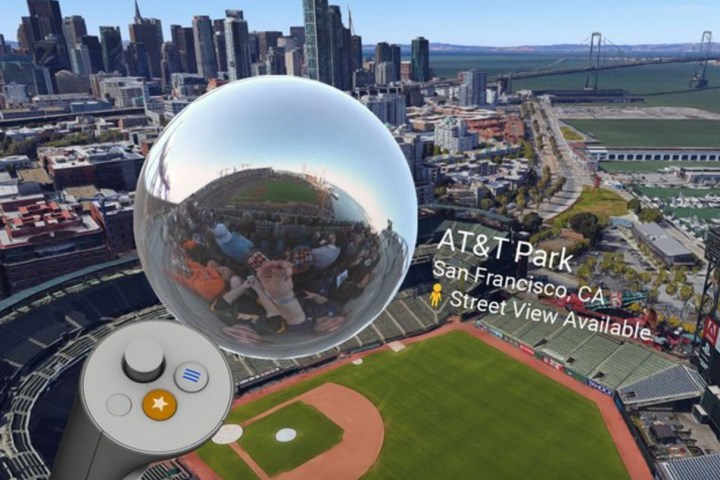
Up to now, you could fly around the planet like Superman, exploring locations from above using an Oculus Rift or HTC Vive headset. But now you can drop down to ground level to explore Street View imagery from 85 countries using the Google Earth VR app. The content comes from the Street View team as well as regular folks who’ve been contributing 360 photos to the online tool.
In a post outlining Earth VR’s new trick, Google’s Joanna Kim suggests a few choice spots where you might want to get started. They include AT&T Park in San Francisco, and Dubrovnik in Croatia, which Kim notes will be familiar to Game of Thrones fans.
Google Earth VR’s latest feature takes the app to a whole new level — in every sense of the expression — and looks set to make your sofa-based excursions even more real. Offering Street View imagery from so many locations around the world and embedding the functionality into the app should also prove useful for planning trips and checking out places before you go.
Besides the new Street View element, Google Earth VR lets you use the VR headsets’ hand controllers to pass high over countries, with the option to fly around and zoom in to landmarks and other places of interest for greater detail — check out Rome’s Colosseum, Switzerland’s Matterhorn, and Seattle’s Space Needle for some exciting Earth VR experiences. You can also drag the sun and sky around to quickly flip between day and night views.
Google launched Earth VR in 2016, breathing new life into the huge amount of Google Earth content it’s been gathering and creating in recent years. The app has been getting rave reviews, and several updates, like the one this week, are helping it to build on its initial success.
As we noted earlier, you’ll need either the HTC Vive or the Oculus Rift headset to enjoy the new Google Earth VR feature. But if you have neither, you can still check out Street View in VR with a smartphone by downloading the Street View app for the Daydream and Cardboard viewers.
Also, if you’re interested to engage more deeply with Google Earth, check out our guide on how to get Google Earth Pro for free.


